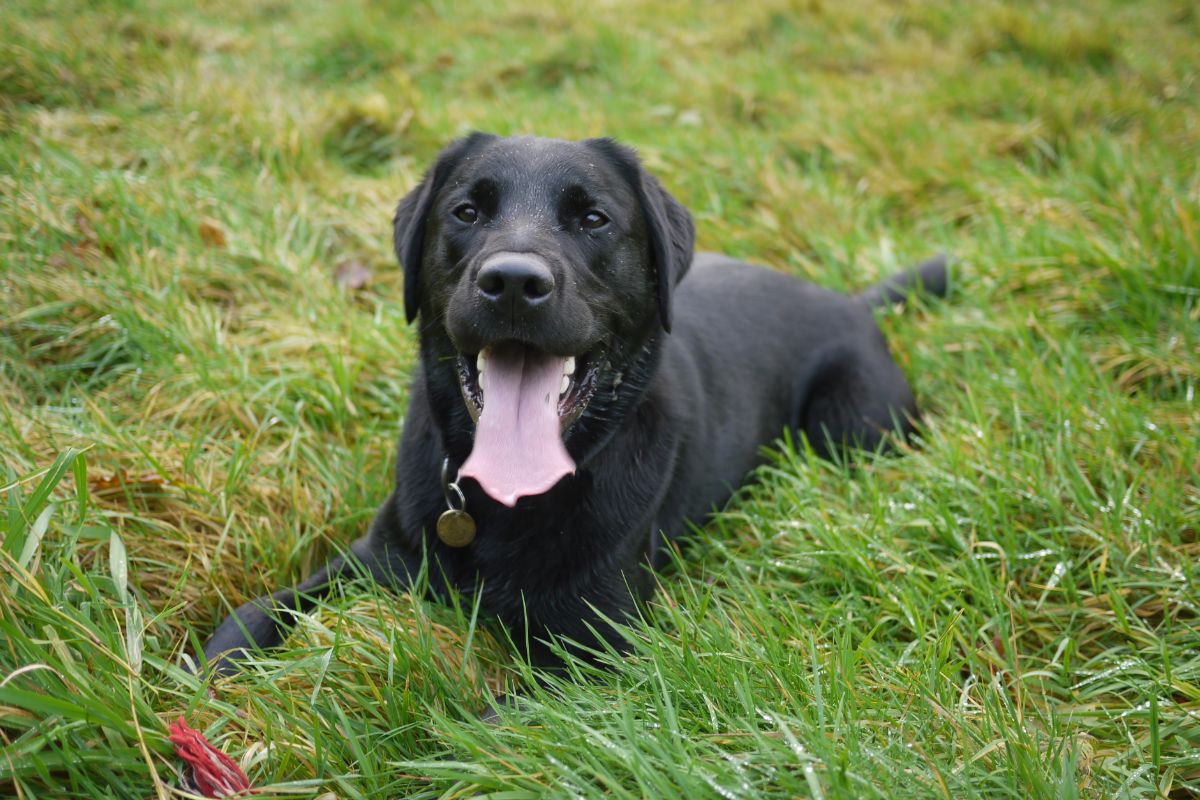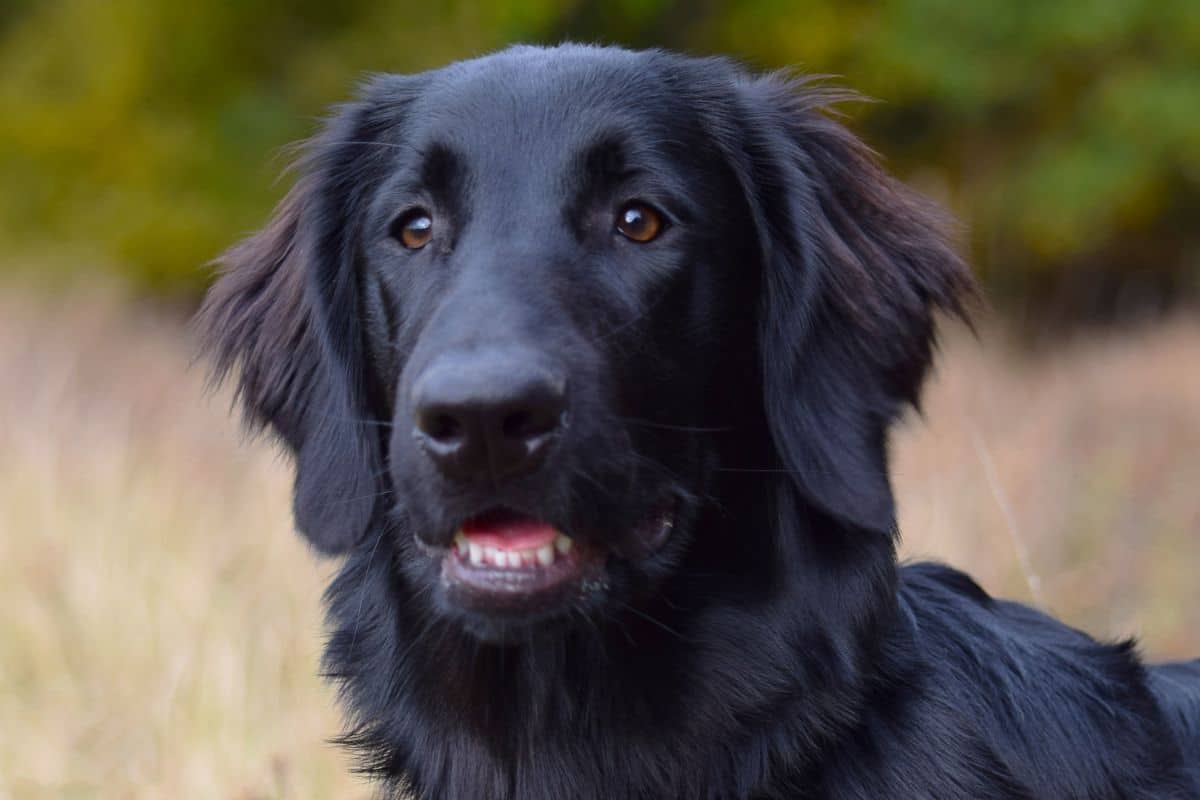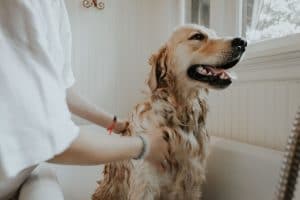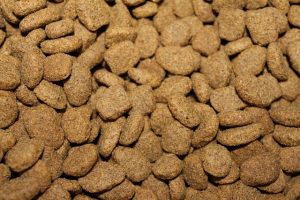When you have a black dog, you’ll notice it has a healthy blue-black hue that you can see in the sunlight. However, you might notice that the blue-black tinge has shifted to a reddish hue instead. There are five reasons this might happen, and we’ll be going into more detail as to why it might be doing this.
Exposure To The Sun
The most common reason your dog’s black coat is turning red is because it’s been exposed to the sun. It’s a kind of bleaching process, as the sun’s rays will turn your dog’s hair red.
Even in humans, someone with dark hair will find that their hair will turn red before it turns yellow. Of course, you would need a lot of sun exposure or access to chemical bleach to turn your hair this colour.
As the sun shines down on your dog, you’ll notice that any darker dogs will have their fur tinged with a reddish hue on their back, ears, and tail. Longer fur will turn red at a faster pace, while your dog will most likely return to a darker shade once winter rolls around again.
This is why professional dog groomers will offer sunscreen for dogs’ fur, which we recommend if you want to stop their fur from changing colour.
Saliva In One Spot
If your dog has a reddish tinge on their fur but not in the areas we mentioned above, you should watch it carefully. If your dog licks at the same spot often, their fur may turn a rusty colour.
When you notice your dog licking a spot so often that its fur changes colour, you should consider bringing them to a vet. Sometimes, it may be due to allergies, or it might be that they have pain in their stomach or back.
Blowing Out Its Coat

Every dog is known to shed, and dogs blow out their coats twice a year. If your dog has medium or long fur, you may notice that their undercoats have a lighter colour than normal and may have a reddish hue.
You only need to do a daily brush of your dog during shedding season so their fur can return to its dark hue. It’s all about removing their red undercoat to return to normal.
Change Your Dog’s Diet
Has your dog’s colour suddenly changed after you’ve changed something in their diet? Maybe they have a different type of pet food than you used to get them. All dogs should have access to high-quality food, but we understand that not all dogs can stand the same diets.
If you’ve checked your dog out and they’re not ill or haven’t been out in the sun much, you might want to change your dog’s diet. They might need to have raw or cooked food instead. You can also give them some different dry food of a higher quality to see if that returns their colour to normal.
Possible Illness
Is your dog older, and it’s only now that you’ve noticed a change in its dark fur? If an older dog gets a red tinge on their coat, it might mean a trip to the vet. You should get your dog to have a physical exam every six months to see if there are any potential issues you need to keep an eye out for.
Check with your vet if you need to change your older dog’s diet if their coat turns red but there isn’t any other issue. Hemp or fish oil can help restore your dog’s coat, or they might even need some supplements to help boost their immune system.
Final Thoughts
When you notice a change to your dog’s black coat, you should first check to identify that it’s not because of sun exposure. Sometimes, it can be as simple as that or a change to your dog’s diet. However, if it appears to be a sudden change, you may want to book an appointment with your vet to ensure your dog is healthy.
Frequently Asked Questions
Exposure to the sun can bleach your dog’s hair and even happen to human hair. If the sun shines downward, you may notice a reddish hue on their backs, ears, and tail, especially if your dog has long fur.
Your dog might not have enough phenylalanine or tyrosine in their body, so their hair will have a reddish-brown pigment instead.
If your dog’s fur is stained red, it might be due to porphyrin. Porphyrin is an iron-containing molecule produced when the body breaks down red blood cells. They’re usually removed from the body through bodily fluids, including saliva.





